Landscape

The centrality of the landscape to Mount Auburn transcends any single aspect of our mission and any value we hold true. Sustaining its character, beauty, and power remains one of our central purposes.
The Legacy and Promise of Mount Auburn’s Landscape
Mount Auburn was born of a vision for a cemetery in a natural landscape that would comfort and inspire visitors. The original embodiment of “garden cemetery” in America, Mount Auburn’s founding was intentional – an innovative purpose and design brought to life for the benefit of all.
Nearly two centuries later, the landscape of Mount Auburn Cemetery – plants, trees, water, topography, monuments, structures and habitats – remains both foundation and touchstone for everything we do. The ever-changing combination and layering of natural and manmade elements touch everyone who comes to the Cemetery.
Sustaining the character, beauty and power of this landscape remains one of Mount Auburn’s central purposes. We are trustees of this landscape for the benefit of future generations. Caring for the plants, trees, habitats, monuments and structures requires constant attention, significant resources, a very long-term perspective, and a willingness to experiment and adapt with evolving practices and a changing climate.
The centrality of the landscape to Mount Auburn transcends any single aspect of our mission and any single value we hold true. Our commitment to responsible and long-term stewardship of this legacy, and our vision for its inspired evolution, are essential to understanding our mission and values.
Landmarks
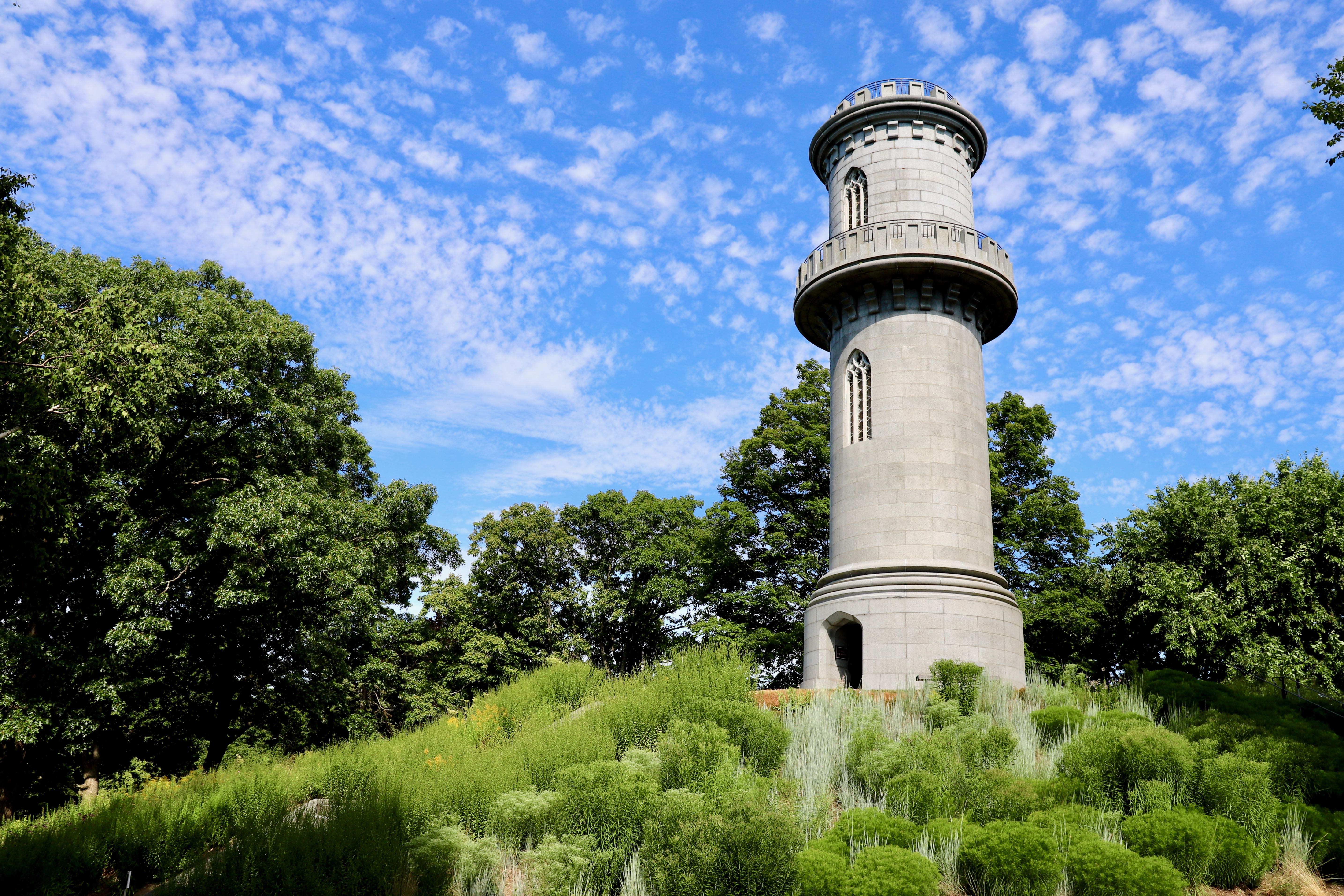
Washington Tower
Constructed in the 1850s from Quincy granite, this 62-foot observation tower crowns Mount Auburn’s highest summit, central to its landscape.
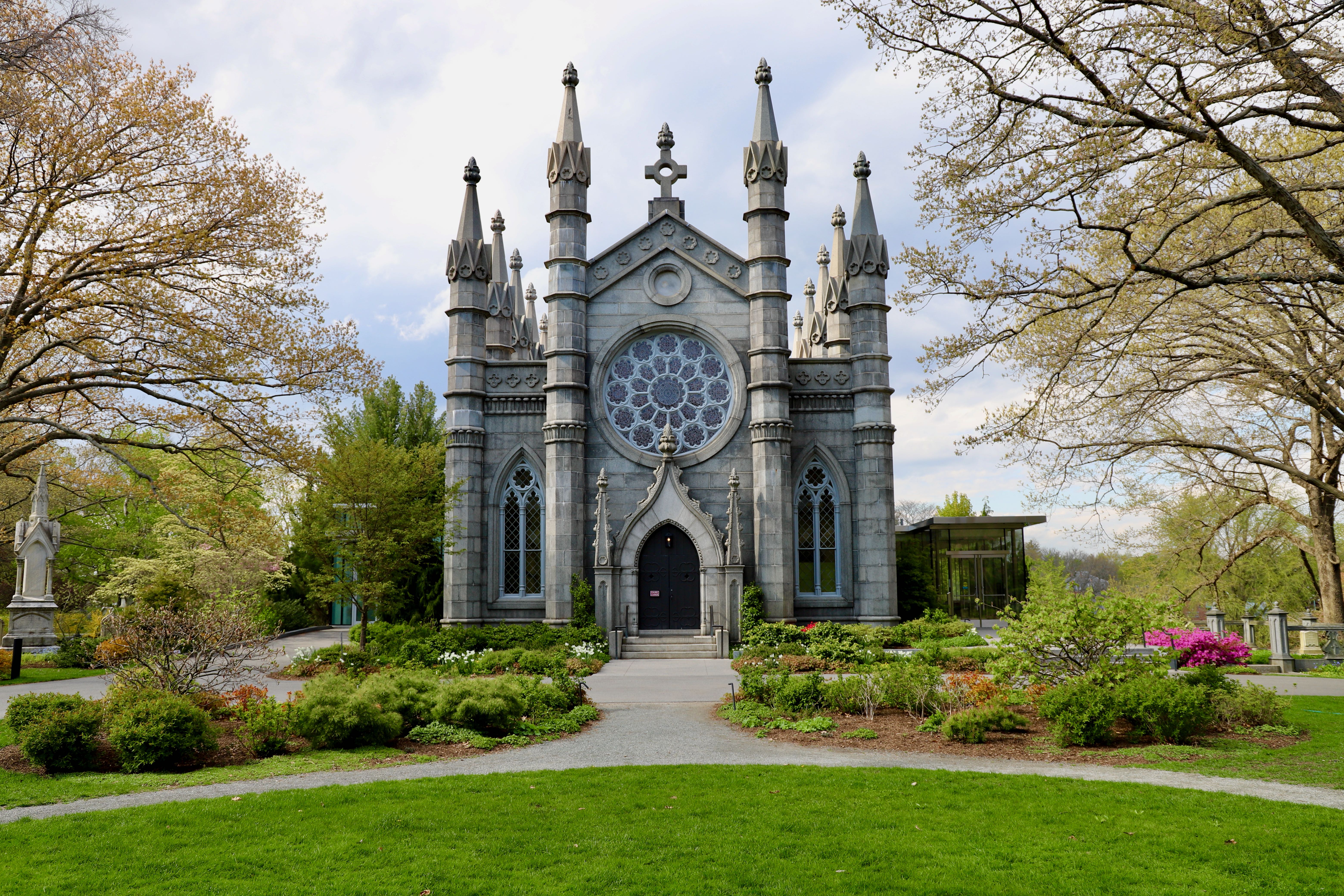
Bigelow Chapel
This Gothic Revival chapel, originally constructed in the 1840s of Quincy granite, is an iconic feature in Mount Auburn’s historic landscape.
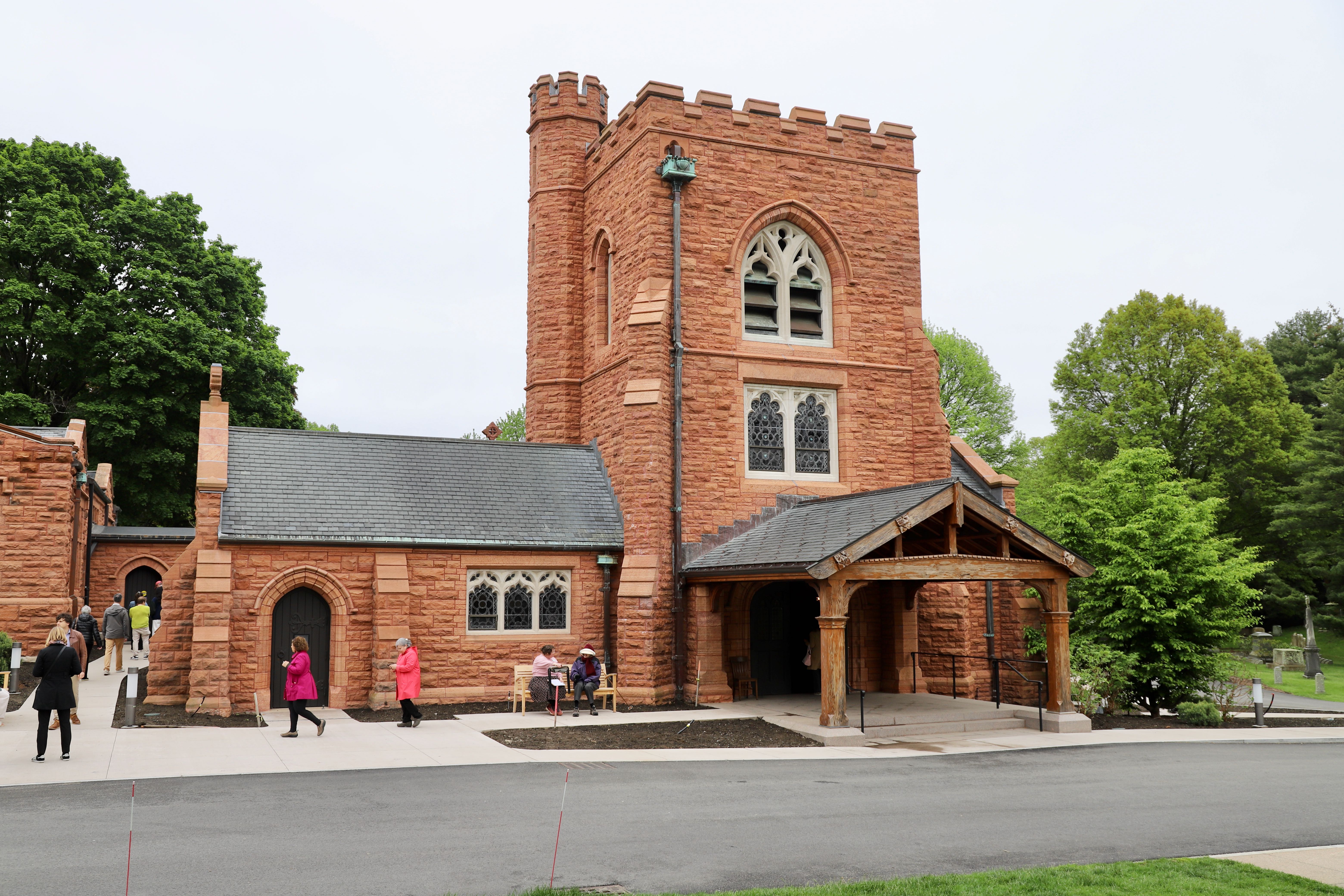
Story Chapel and Administration Building
This sandstone complex, designed in English Perpendicular style, sits just inside Mount Auburn’s Egyptian Revival Entrance.
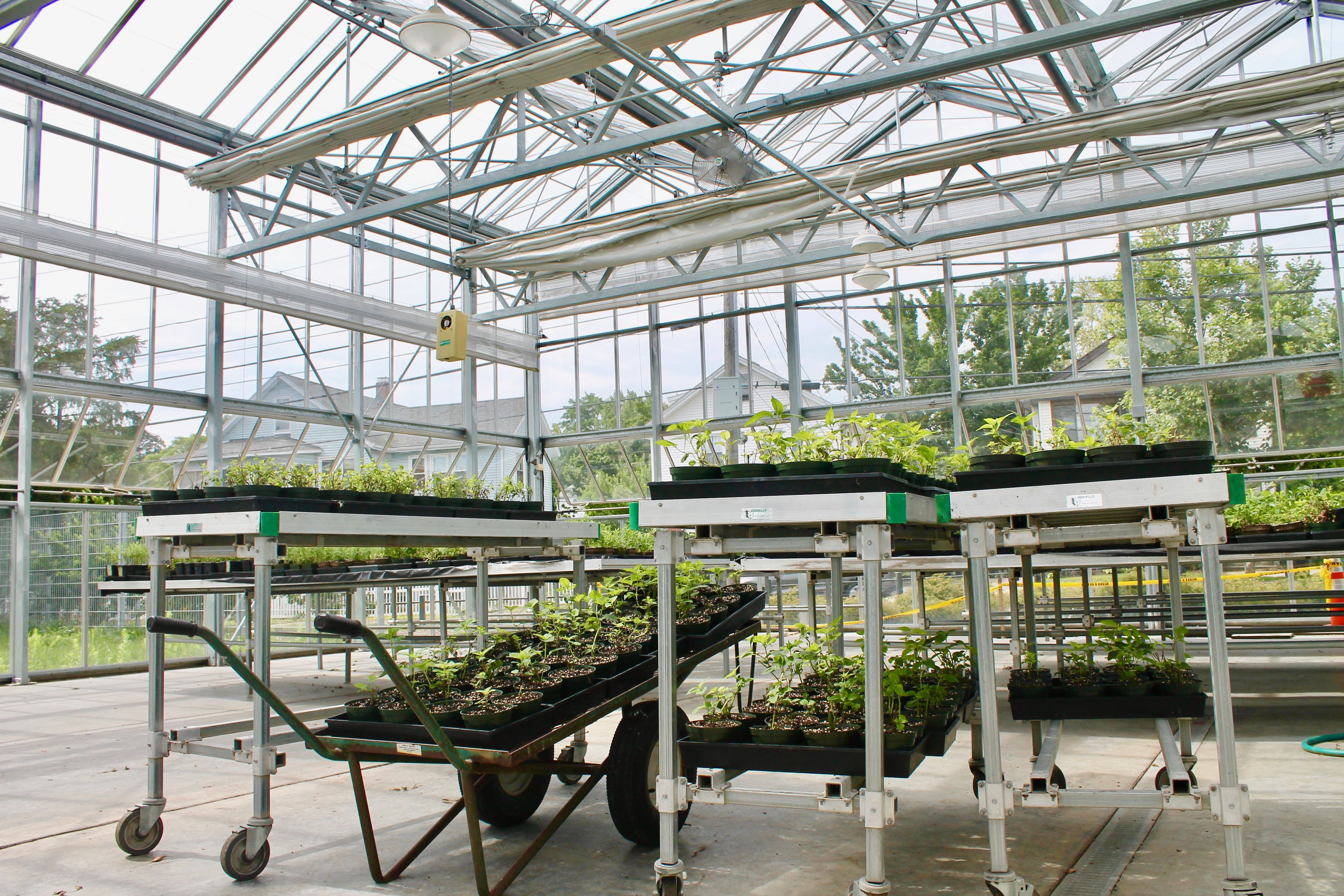
The Greenhouse
Mount Auburn’s Greenhouse, a 9,500 square-foot facility comprised of four adjoining glass-houses exemplifies sustainable greenhouse construction.
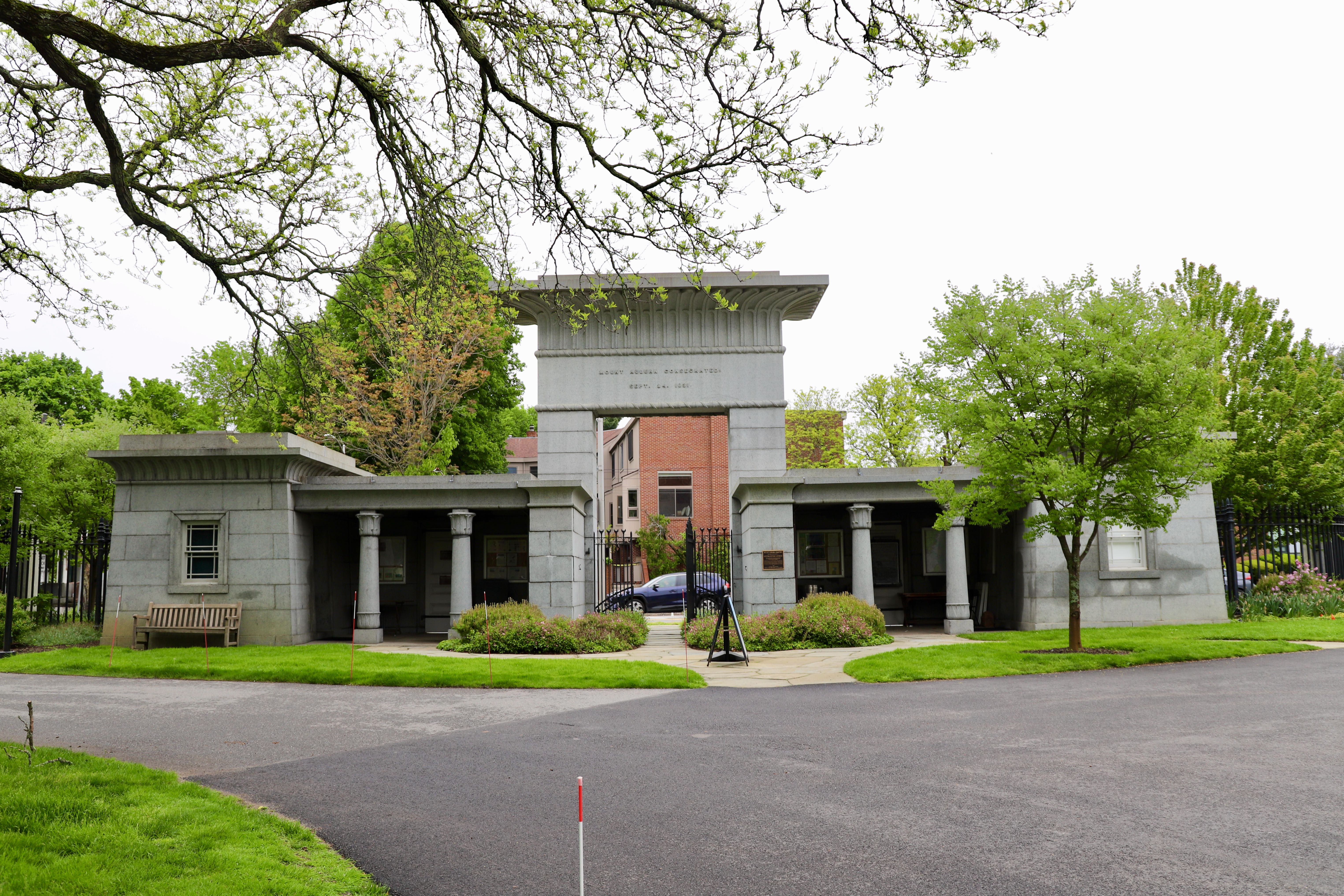
The Egyptian Revival Gateway
In 1832, Mount Auburn constructed its Egyptian Revival Gateway, the first of its kind in the United States, marking a significant architectural milestone.
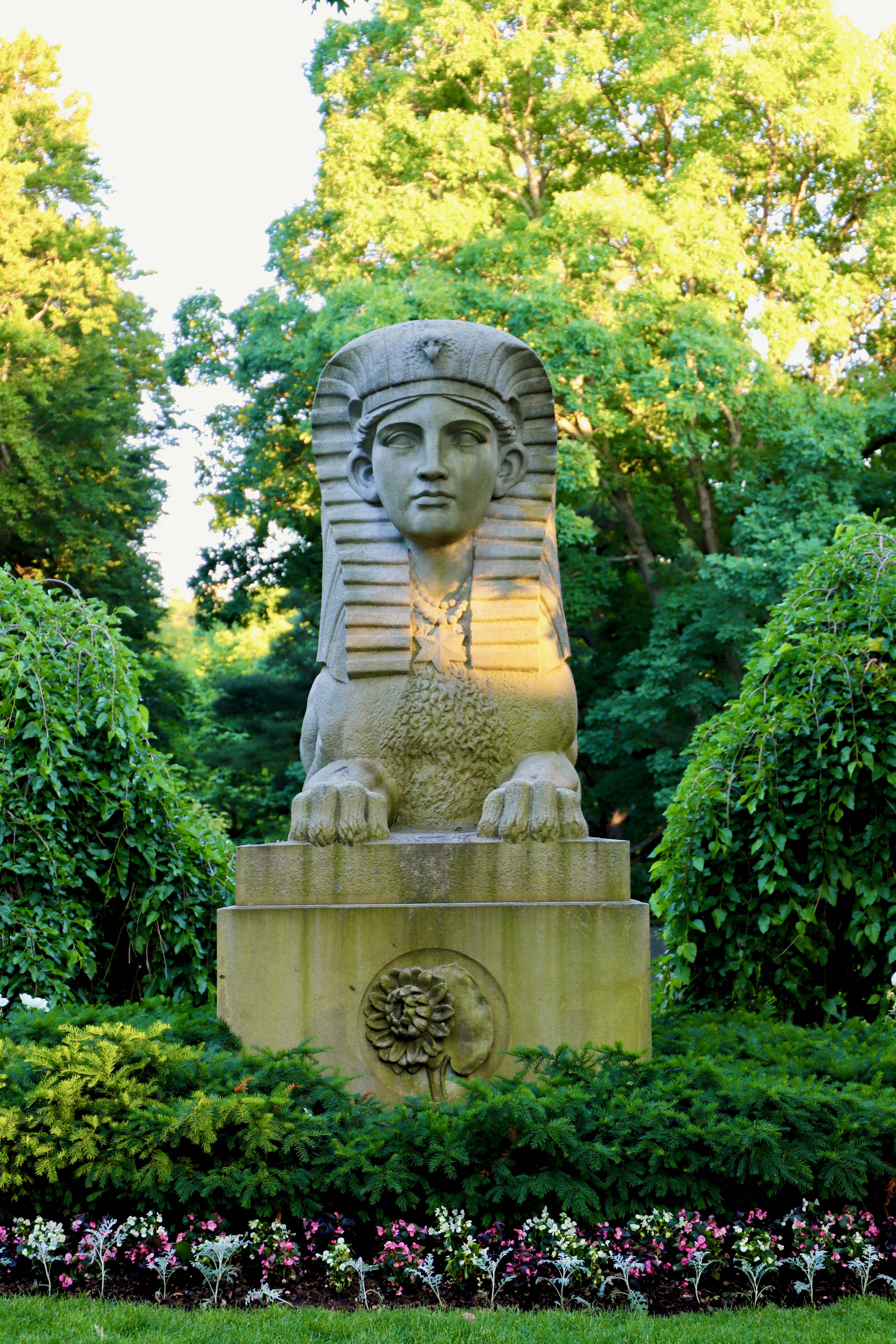
The Sphinx
Mount Auburn’s Civil War Memorial designed by founder, Jacob Bigelow and sculpted by Martin Milmore.
Landscape Highlights
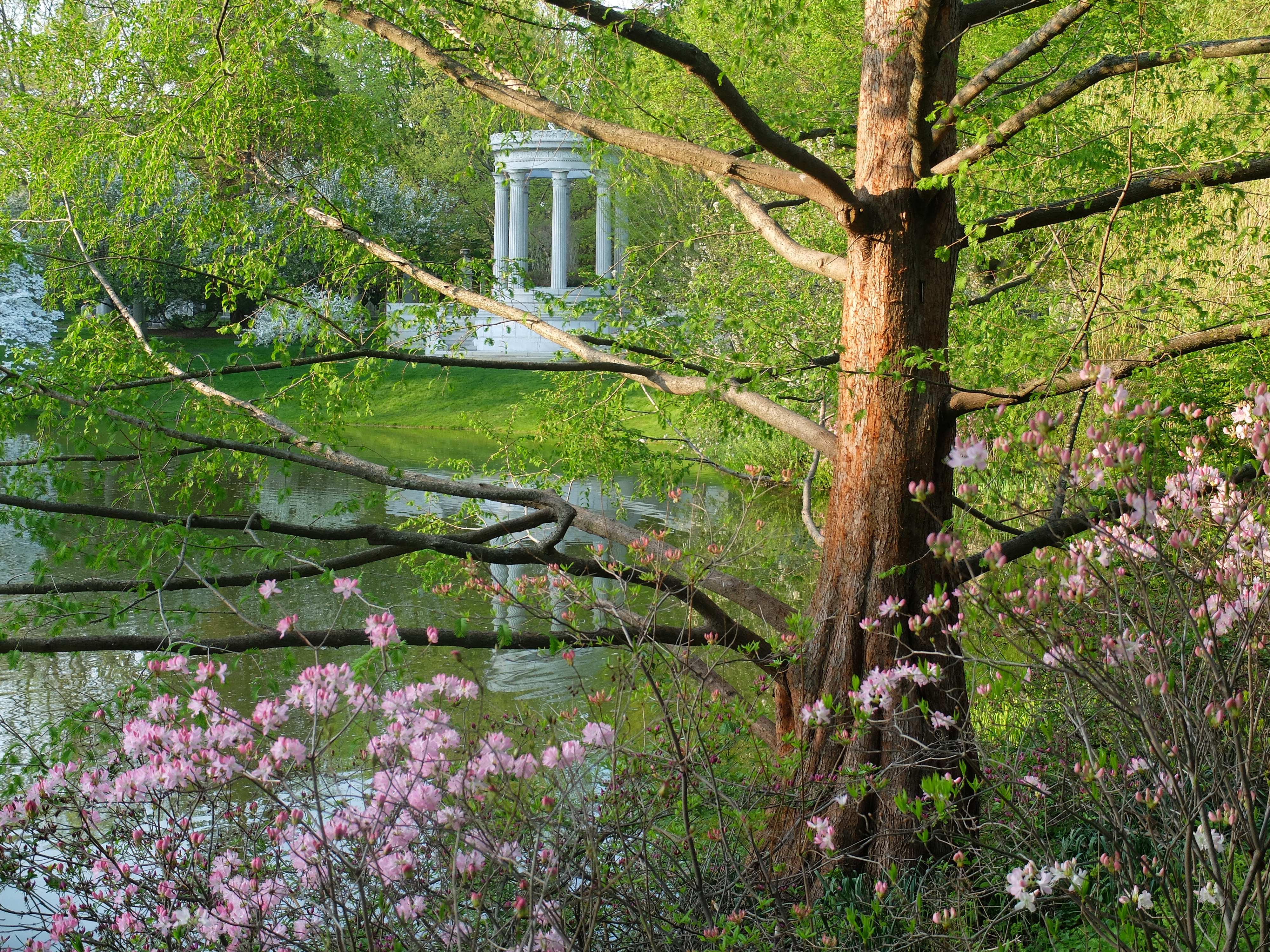
Halcyon Lake
One of Mount Auburn’s four waterbodies, Halcyon Lake and its surrounding landscape reflect late 19th-century landscape design and cemetery development practices.
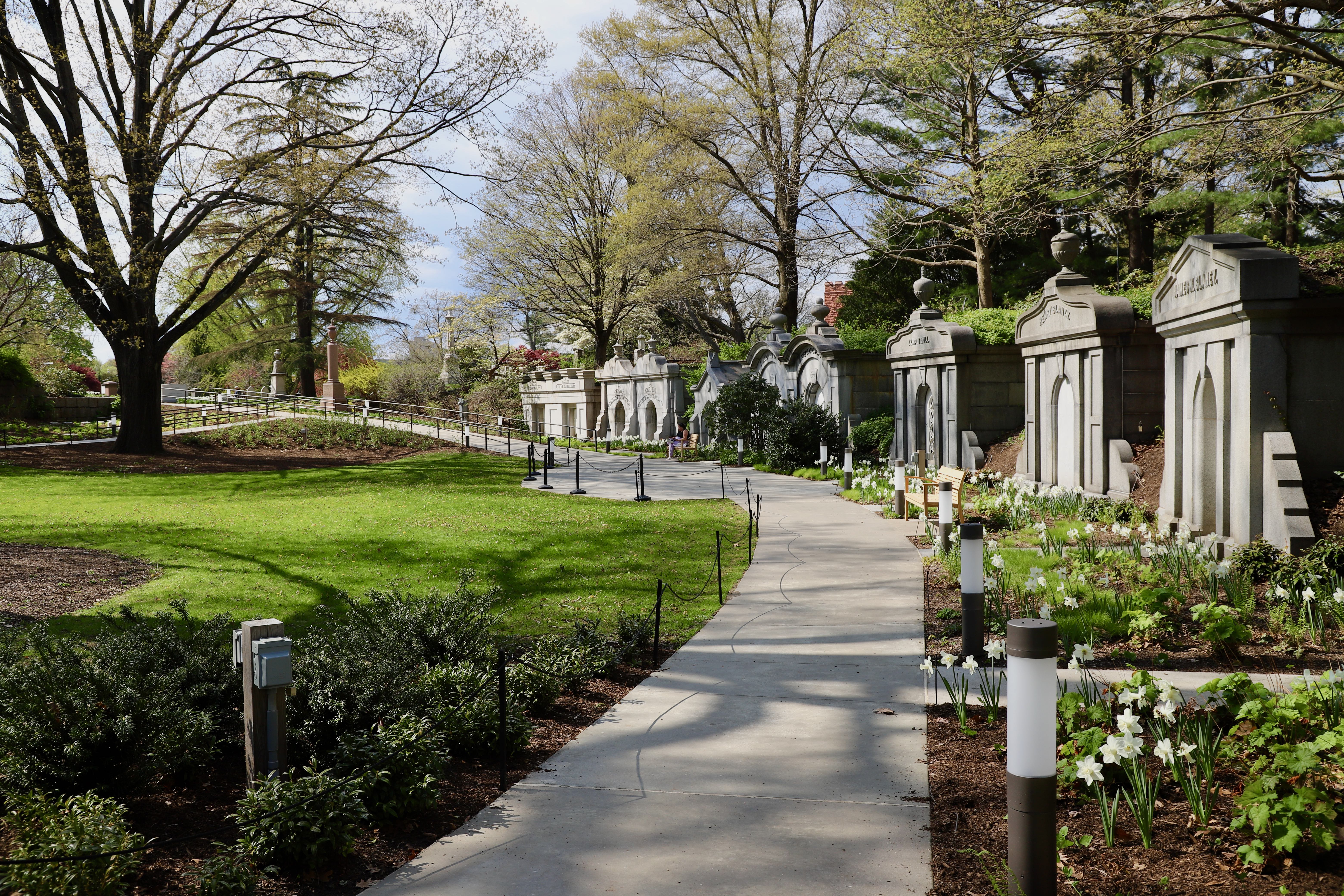
Hazel Dell
This natural hollow, located just off of Central Avenue in the Cemetery’s entry precinct was developed in the mid 19th-century.
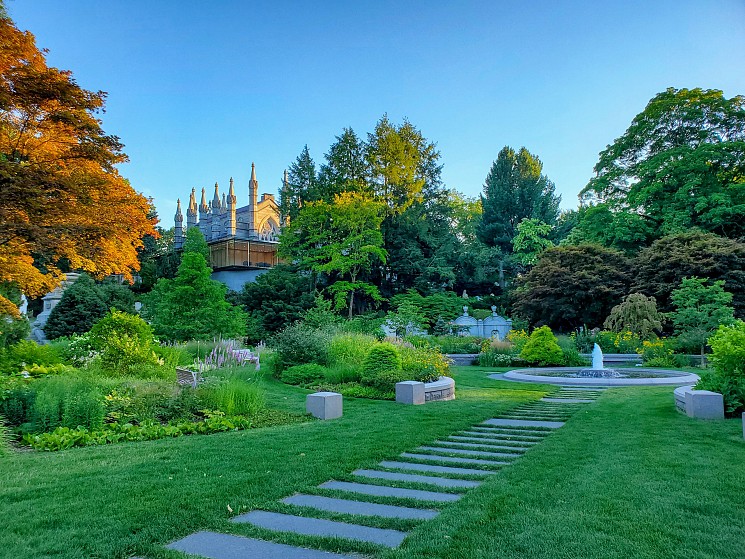
Asa Gray Garden
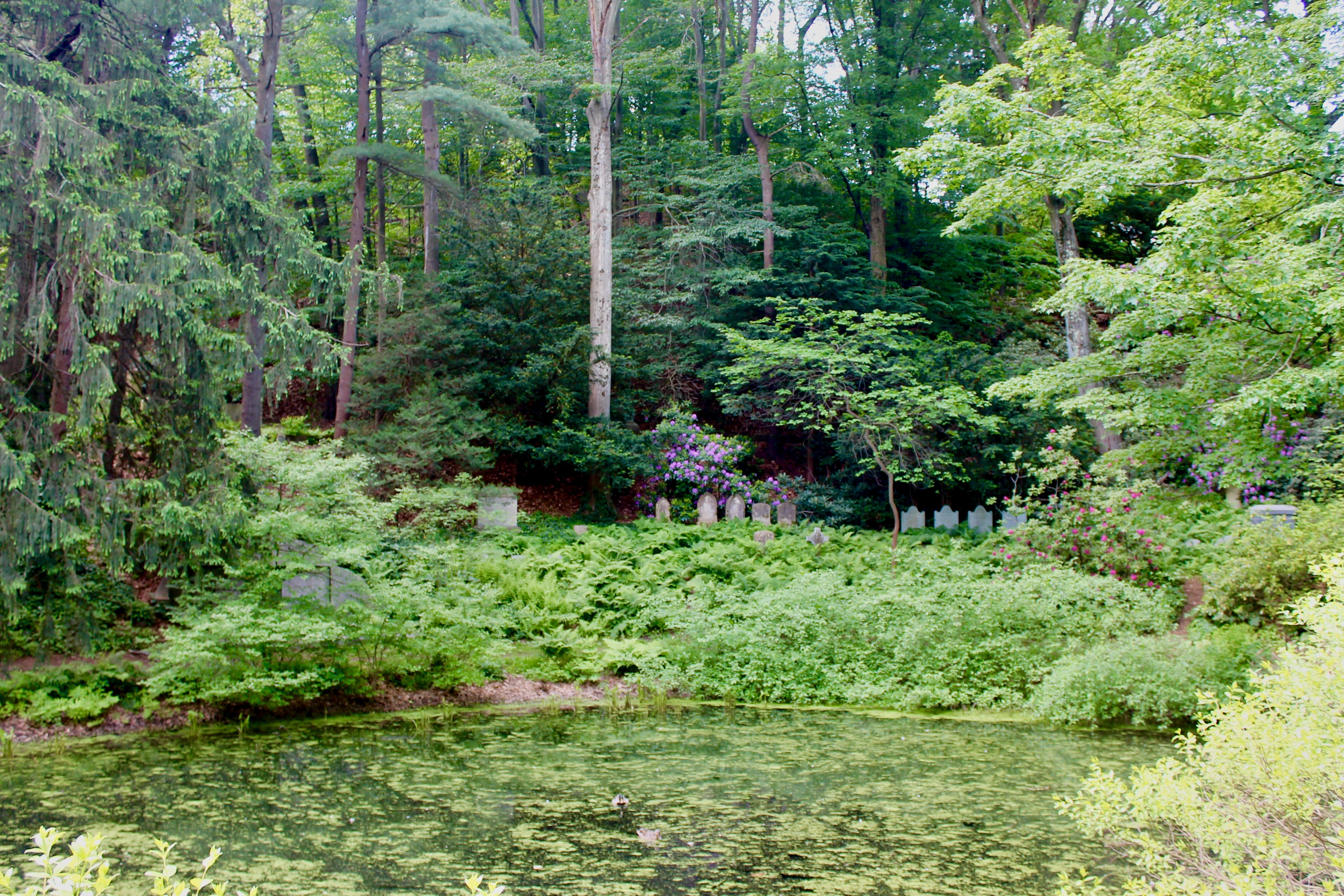
Consecration Dell
Nestled within steep slopes, the Dell is a 4.2-acre natural valley with a central vernal pool. It offers a serene New England forest atmosphere, supporting diverse wildlife with native flora year-round.
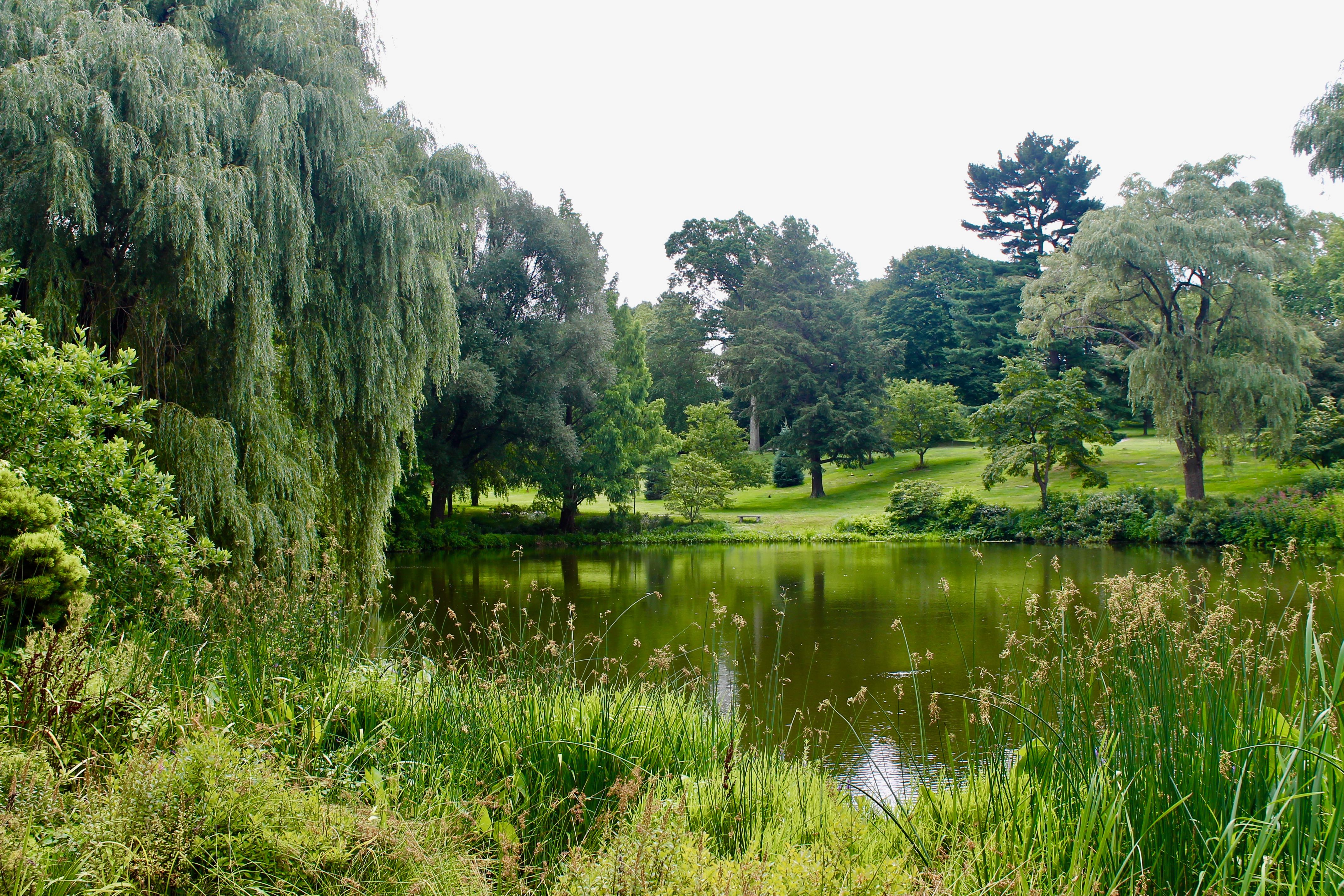
Willow Pond
Willow Pond, developed in 1929 as a memorial park landscape, responded to 20th-century American preferences by integrating flush markers, trees, and shrubs, creating a serene park setting.
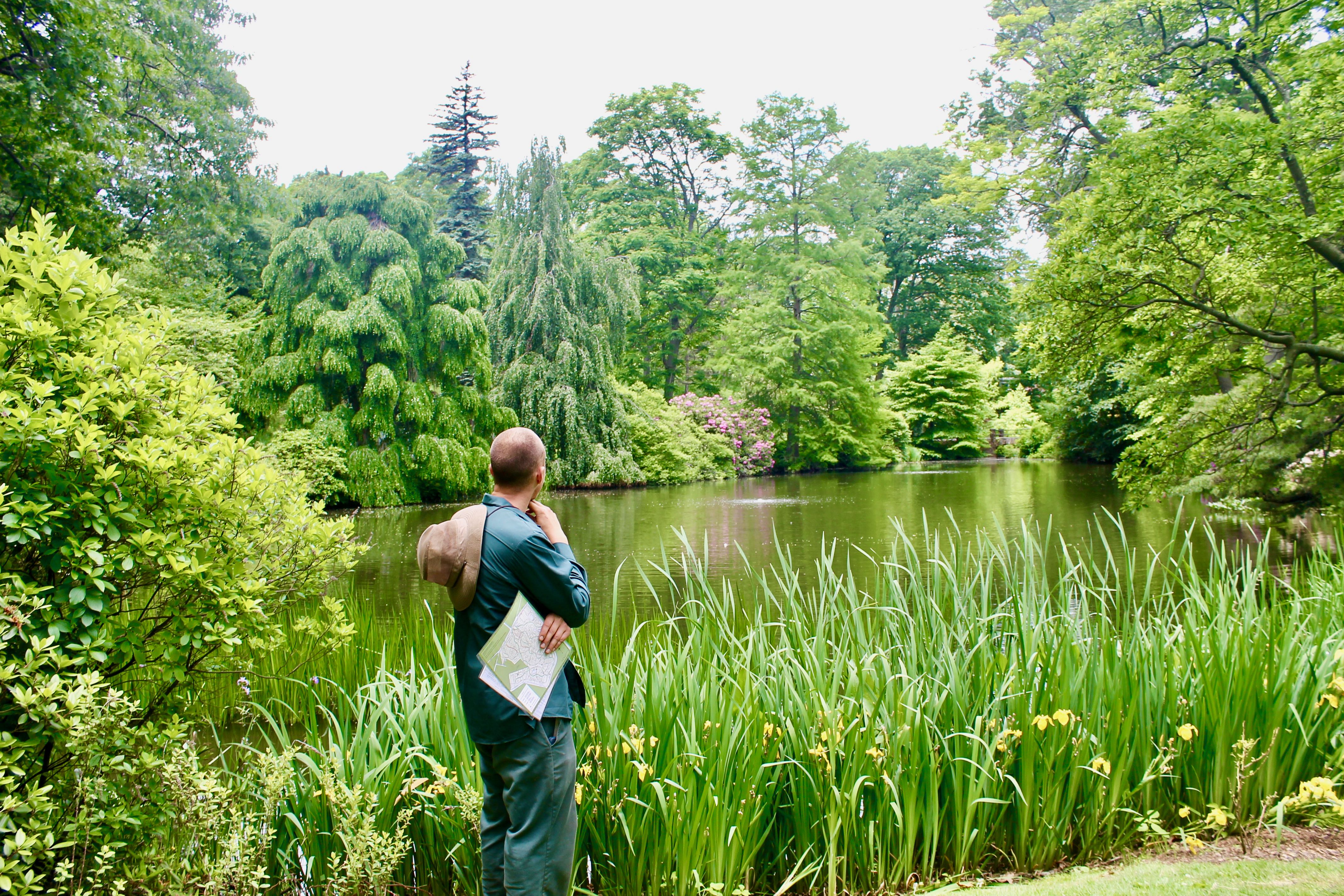
Auburn Lake
Developed in the 1850s, this two-basin pond, linked by a bridge and surrounded by hill-side mausolea, is a pivotal site for cemetery development and wildlife habitat.
